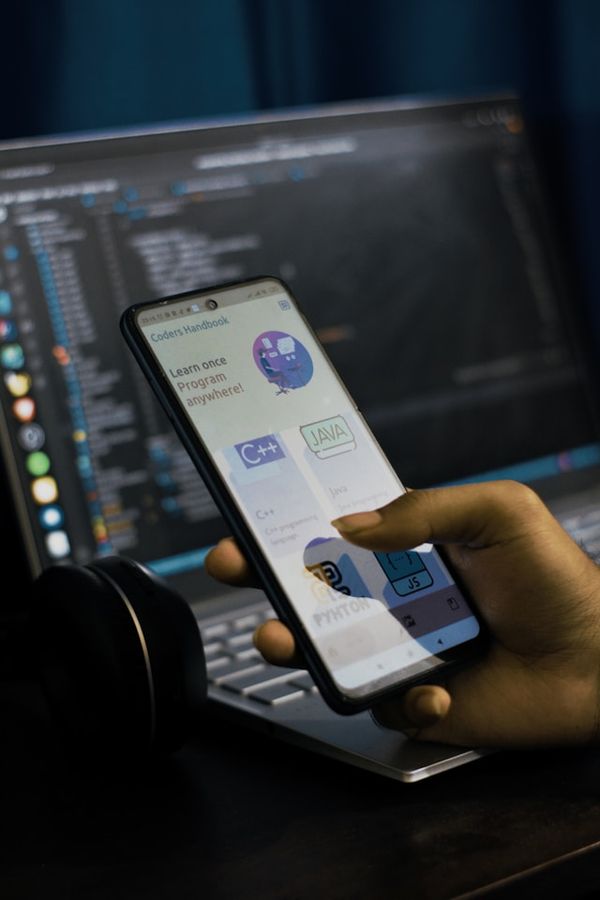0

Can Your Computer Teach You Perfect English?
2 years ago
As an English instructor, I'm always on the lookout for innovative tools to help my clients learn. Text-to-speech (TTS) software has become increasingly popular, and students often ask if it's a good way to improve pronunciation. While TTS offers some benefits, it's important to understand its limitations before relying solely on it.
The Allure of Accessibility
Let's face it, finding a native speaker to practice with isn't always easy. TTS provides instant access to pronunciations, 24/7. It's convenient, portable, and often free. Students can practice vocabulary lists on their commutes or listen to readings on the go. This accessibility can be a game-changer for busy learners.
Building Confidence Through Repetition
Another advantage of TTS is the ability to repeat pronunciations endlessly. Feeling unsure about a tricky word? Simply have the software say it again and again until it clicks. This repetition can boost confidence and solidify pronunciation patterns in memory.
Not All Accents Are Created Equal
However, there are some key limitations to consider. While many TTS programs offer a variety of voices, they might not always reflect natural speech. The robotic quality can be off-putting, and some programs struggle with regional accents or slang, which are important aspects of spoken English.
The Nuances You Can't Hear in a Machine
Perhaps the biggest drawback is the lack of human interaction. TTS can't provide feedback on your own pronunciation attempts. It can't tell you if you're stressing the wrong syllable or rounding your vowels incorrectly. Intonation, the rise and fall of your voice, is also crucial for conveying meaning, and TTS often struggles to capture its subtleties.
A Tool, Not a Teacher
So, is TTS a waste of time? Not necessarily! It can be a valuable tool, but it should be used alongside other methods. Here's my advice:
- Use TTS as a starting point, not a finish line. Get a general idea of the pronunciation, then seek out recordings of native speakers for a more accurate representation. Supplement TTS with practice activities. Record yourself speaking and compare it to the TTS version. Join online conversation groups or find a language exchange partner for real-time feedback.
- Don't be afraid to make mistakes! Embrace the learning process and use your errors as opportunities to improve.
The Final Verdict
Technology can be a powerful asset for language learning, but it shouldn't replace human interaction. Think of TTS as a helpful companion on your English learning journey, not a substitute for a qualified teacher or the invaluable experience of speaking with native speakers. Used strategically, TTS can enhance your pronunciation practice and boost your confidence, but remember, the human touch remains essential for mastering the intricacies of spoken English.
To your English language success
Michael
